The Goliath Heron Bird is the largest living heron species on the planet. As large as it is, the Goliath Heron bird is smaller than the much bigger but extinct Bennu Heron, which is estimated to have existed between 2700 to 1800 BCE.
According to estimates, the Bennu Heron was about 2 m ( 6.6 ft) tall, while the Goliath Heron can reach up to 1.5 m (5 ft) tall.
Let’s get some interesting facts on the Goliath Heron, but first a little bit on herons in general.
Herons – A General Observation
There are from 65 to 72 known species of heron across the world, and they are easily confused with egrets and bitterns.
Though the difference between the two (herons and egrets) is mostly measurable and visual, they are both water-dwelling birds with little biological distinction between them.
Herons can be divided into three main groups, each with its own special social Behaviours and unmistakable anatomy. These groups are:

The night herons.
These herons are nocturnal, that is they are active during the night, and they have thick bills and short legs. Some species in this group include the yellow-crowned night heron and the black-crowned night heron.
Day herons.
These are diurnal herons, and they have longer necks and legs. Some species in this group include the Goliath heron, the great heron, the black-headed heron and the grey heron.
Tiger herons.
The third group of heron species are the tiger heron. These are herons that have striped plumages like a tiger and reside mainly in South and Central America.
Are you thinking about buying binoculars to have a good look at all the magnificent birds of Africa?
What do Herons look like?
Herons have diverse and uniquely coloured plumages, with some of the prominent colours being white, black, grey, yellow and other colours.
Their necks are long, with a bend in the middle forming an S shape. This long neck helps support a large bill and heavy head.
They also have large wings, sharp bills that are used as harpoons to spearfish and prey, and long legs to help them wade in the water.
In flight, the head curves back against the body, while the feet dangle downwards instead of trailing behind like other birds.

How do herons survive and what is their habitat?
Herons are birds that are highly adapted towards surviving in specific environments and are susceptible to any changes in their endemic habitats.
Herons are aquatic birds and can be found in a variety of wetlands: freshwater lakes, ponds and wetlands. They are well distributed globally, majorly across the tropics, and will avoid arid areas, freezingly cold areas such as both arctic and Antarctic regions and tall mountains.
Most heron species are migratory, going from place to place as their circumstances dictate. The climate of their breeding grounds is usually the biggest factor behind the distance travelled during migration. But like other migratory birds, birds in the North move South to avoid winter and vice versa.
Their diet is as different as their geographic distribution and different habitats.
In general, their diet usually consists of fish, aquatic insects, molluscs, crustaceans, amphibians and reptiles.
They have two distinct and different feeding tactics; Some heron species are specialists, in that they feed on a specific type of prey. While other heron species are generalists, in that they are opportunistic and will feed on whatever is available.
How do herons breed?
During the breeding stage, males and females will pair up to procreate, one of the only times that they aren’t solitary.
The nests are usually made of sticks, are large and are constructed on lakes, trees, cliffs or bushes.
The females usually lay up to 7 eggs at a time, with both parents taking part in the incubation process, and rearing of the young. Once the eggs hatch, the oldest chick will receive more resources than their siblings as they are more likely to survive.
Goliath Herons.

Now that you know more about herons in general, let’s take a closer look at the biggest of them all, the Giant heron.
- What class do they belong to?
The bird belongs to the Aves class, order Pelecarniformes, and in the family Ardeidae, and its scientific name is Ardea Goliath. It is the largest heron species alive.
What do Goliath Herons look like?
The head is a red chestnut colour, and the elongated bushy crest is also chestnut. Their bills are dagger-like, and are quite large and thick, and from below it is a pale grey colour and from above it is black.
The eye irises are usually yellow and rimmed in red, while the lores ( these are the parts between the bill and eye on the side of the bird’s head.) are green-yellow.
The throat and chin area are white with a couple of black streaks extending from the neck to the upper breast area.
The back and fore wings are a slate grey, with a chestnut shoulder patch that is visible when the wing is closed. The upper breast has white feathers that hang over underparts that are a deep rufous chestnut. The legs are long and black.
Want to find the best binoculars for a safari? Check out my blog post here!
How big are they?
The goliath heron has a height of 120 to 150 cm ( 3’11” to 5’) when standing, and a wingspan of between 185 to 230 cm ( 6’1” to 7’7”).
They weigh between 4 to 5 kg ( 8.8 to 11 lbs). The tarsus which is the part between the ankle and the backward facing knee of a bird’s leg, measures from between 21 to 25 cm ( 8.3 to 9.5 in), and the bill measures 24 cm (9.4 in) from the gape.
How do they sound like?
They have an audible and distinctly deep bark-like sound that can be heard up to distances of 2 km ( 3.2 mi).
Their call takes on a “kowoork” like sound. When disturbed or startled, they produce an “arrk” like sound that is sharp and high.
During the breeding season, when males are courting females, organ-like duet sounds can also be heard from the pair.
How does the Goliath Heron bird, and do they walk?
During flight the bird flies with the wings having a marked bow and with slow but deliberate wing beats.
During take-off, the neck and head are usually outstretched, but soon after will be retracted towards the shoulders. Also during landing, the goliath heron much prefers landing on aquatic vegetation instead of on open water.
It walks on the water mainly to hunt food, and as it walks it uses slow and stealthy movements that cause as little disturbance as possible.
Where does the Goliath Heron bird live?
Unlike other herons, goliath herons are very aquatic and will rarely go far from their sources of water. Even when flying, they tend to fly along water bodies rather than over land.
They can be found near freshwater lakes, rivers, ponds, swamps, river deltas, mangrove wetlands and reefs. They are usually found in shallow waters, but on occasion will wander into deeper waters to fish, or near dense aquatic vegetation.
They can be found in a range of habitats at elevations between sea level and 2100 m (6900 ft), and prefer unspoilt wetlands. They will avoid wetlands that have experienced human disturbances or have human occupation.

In Africa, they can be found throughout Africa in suitable locations. During the breeding season, they can be found in North East Africa along the red sea in Egypt , Sudan to Somalia all the way to South Africa.
They are also found inland in Gambia and to the West, just South of the Sahara desert. They are not typical migratory birds, only moving as circumstances such as food and water dictate.
What do they eat?
Their diet is almost entirely made up of fish, and they specialise in catching large to medium-sized fish. Most of their prey range in weight from 50 to 980 g ( 0.11 to 2.16 lbs), averaging about 500 to 600 g ( 1.1 to 1.3 lbs) and 30 cm ( 0.9 ft) in length.
Fish larger than 1 kg (2.2 lbs) and exceedingly small are usually rejected. Some preferred fish species include tilapia, mullet, breams and carp, and in a single day, the goliath heron catches about 2 to 3 fish.
Other than fish, they will also feed on carrion, insects, snakes, lizards, frogs, small mammals and prawns.
The goliath heron is a rather inactive feeder staying stationary in the water, waiting patiently for their prey to come wandering by.
Also due to their larger size and longer legs, they can forage in much deeper waters than other heron species. When prey is sighted, the goliath heron rapidly spears them with their open mandibles, after which it is swallowed whole.
They sometimes take a lot of time handling prey once caught, as they will sometimes place it on vegetation or a floating platform before swallowing which makes them susceptible to theft or kleptoparasitism.
Birds that steal their catch include saddle-billed storks, African fish eagles, and pelicans.
How do they reproduce?
When building nests, they generally prefer nests that are on islands or on floating vegetation and will abandon these nests if the island becomes attached to the mainland.
Although the birds are solitary feeders, they pair up during the breeding season and their nests may be alone or part of a large community with other bird species.
The nests themselves are quite large, having a diameter of between 1 to 1.5 m ( 3.3 to 4.9 ft). The eggs are usually pale blue in colour and will range from 2 to 5 eggs laid, with an incubation time of about 24 to 30 days.
Are you thinking about buying binoculars to have a good look at all the magnificent birds of Africa?
How many are there?
Well, figures are not clearly stated but rough estimates do exist. Across Africa, they average about 1 for every 4km2 of the river course.
In Tanzania, their numbers are estimated at 2500 to 4000 birds, but their population is considered as stable as there is enough distribution of the bird within their habitable geographic zones.

How long does the Goliath Heron Bird live?
In the wild, goliath herons have been known to reach up to 15 years, but in captivity that lifespan is slightly increased to about 23 years.
Why are Goliath Heron birds solitary birds?
This is mostly during the non-breeding season, which is usually because of their rather special temperament and behaviour. These birds are aggressive towards others of their species getting into their territory.
My Final Conclusion.
I hope that you enjoyed all this information on herons but more specifically the Goliath Heron Bird!
If you have any more questions about this bird, please feel free to ask them down below in the comment section or join me on my social media channels or cosy Facebook group.
I wish you happy birding!
Kind regards,
Lizzy
I now have a YouTube channel as well!
YouTube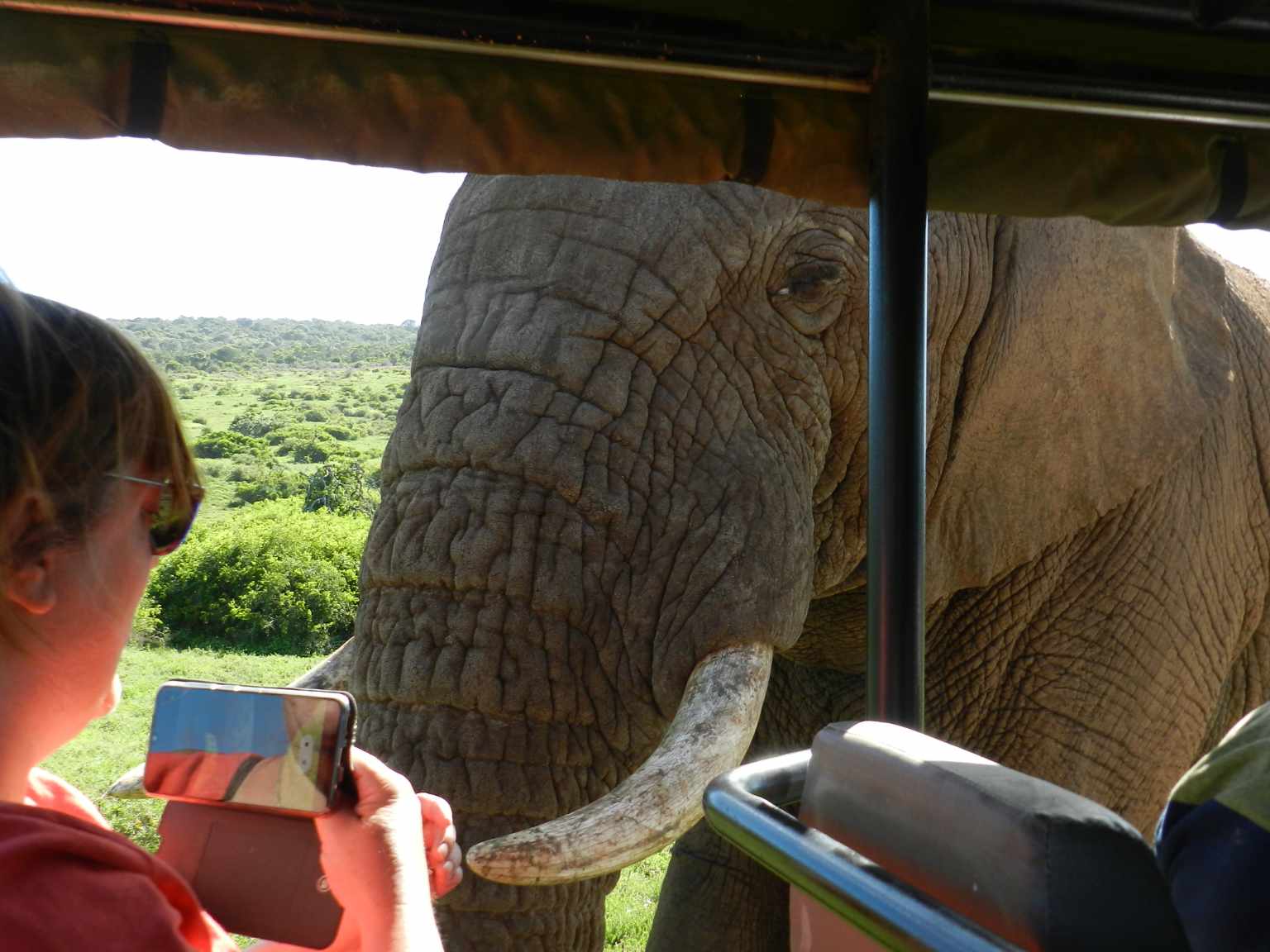
Hello Africa travellers!
Who am I? Well, the least you can say is that I am quite crazy about Africa, its nature, its climate, its culture, and more.
As a young woman in my twenties, I had already traveled to several African countries by traveling along in an overlander on my own and mostly camping ( or glamping ) and just fell in love with the diversity of it all.
So much, so that at the age of 26, I went back to university to study biology, which, unfortunately, I couldn’t finish because of health reasons (yes, I got sick from a tropical disease, oh cynicism). But this did not stop my dream of traveling back to Africa several times, and I still do.
My dream was back then to leave Europe and go study animal behavior, especially the elephants (sure, that’s every girl’s dream haha), but I am also very much intrigued by hyenas and other “ugly African animals“.
So, I “kind of” have a little bit of a scientific approach to my articles, when I write about African birds, for example. And most of all: the passion.
But life goes on, you move from one side of the country to the other, you get sick again and top it off with lower back problems, and before you know it, you are over 50 hahaha!
Now, I still travel to Africa, but take it a bit “easier” than the good old camping days, and stay in comfortable, yet affordable accommodations, together with my husband Wouter.
These are some of the countries I have traveled to: Kenya, Tanzania, Zanzibar, Malawi, Zambia, Zimbabwe, South Africa, Namibia, Botswana, Tunisia, and a little bit of Lesotho LOL .
While clearly not being African territory, but Spanish, I also visited Gran Canaria and Tenerife, and location-wise, I consider them “African”, because of their climate and nature, sue me :-p
The last trip I took was to South Africa in the year 2023, and it sure got the fevers for Africa back! From the Barberton mountains to the Drakensberg and the Southcoast, one month wasn’t enough at all to see the whole country, so we’ll be back! At ease and with a little bit more luxury than in my younger days haha!
I wish you happy travels!
Kind regards
Lizzy

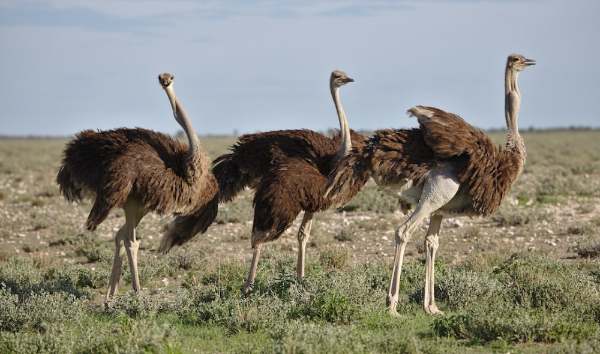
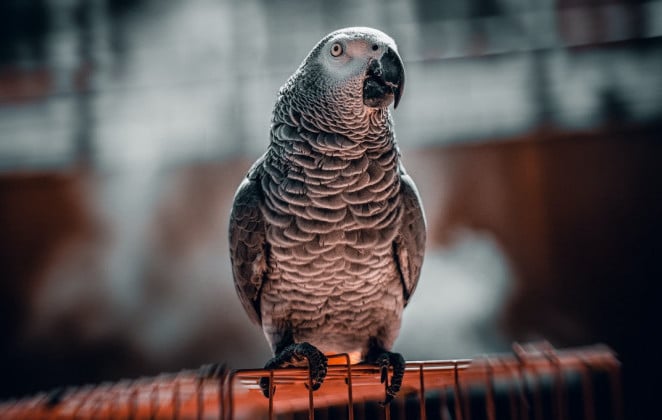
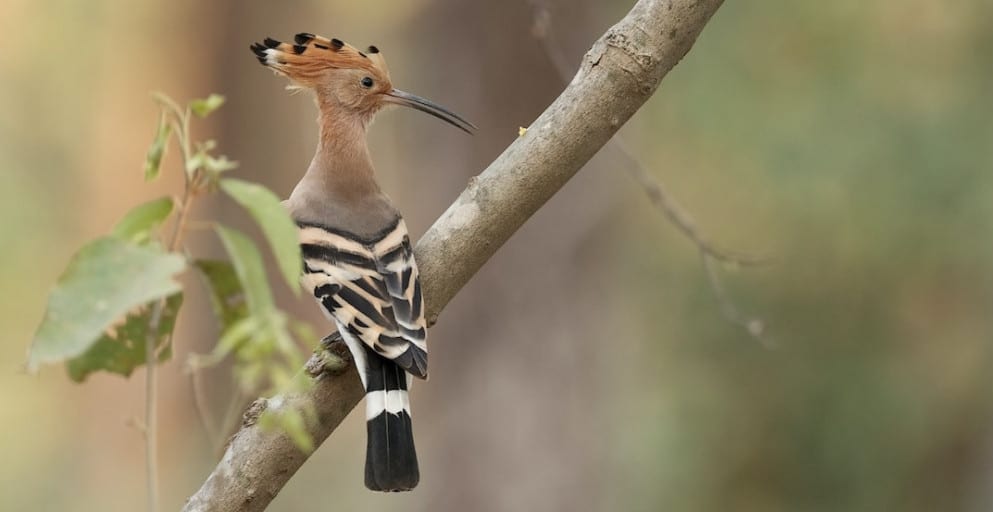
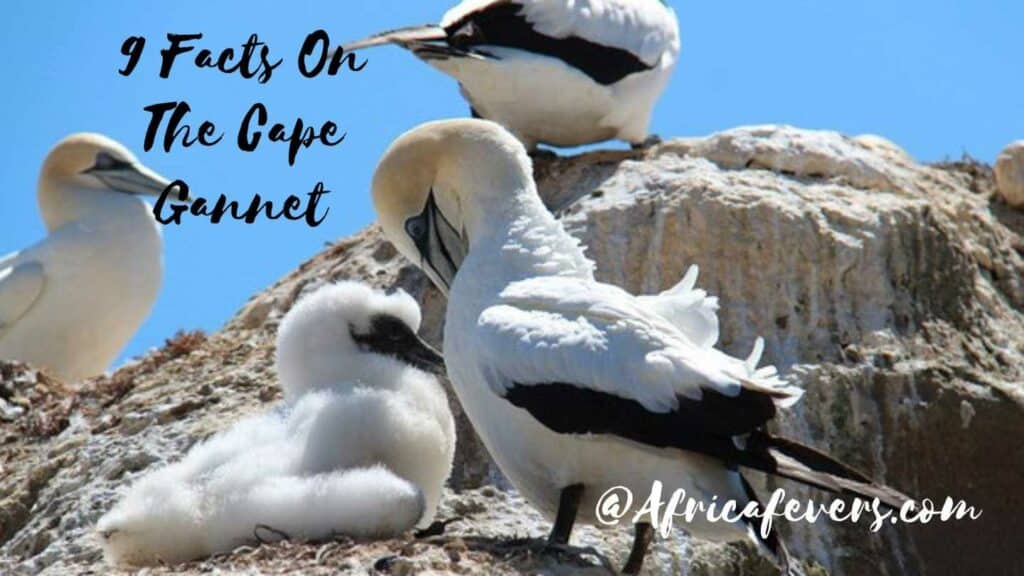
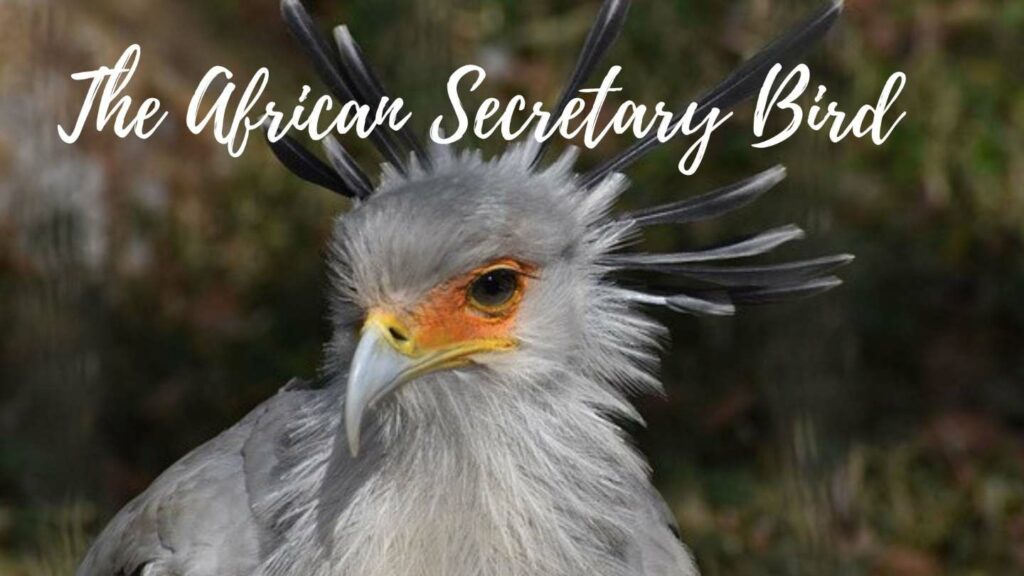

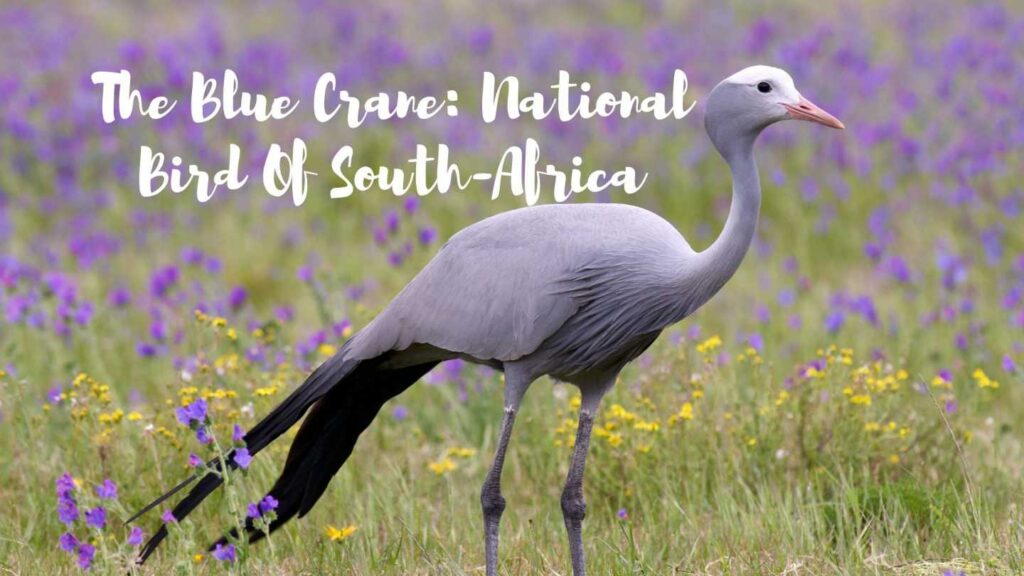
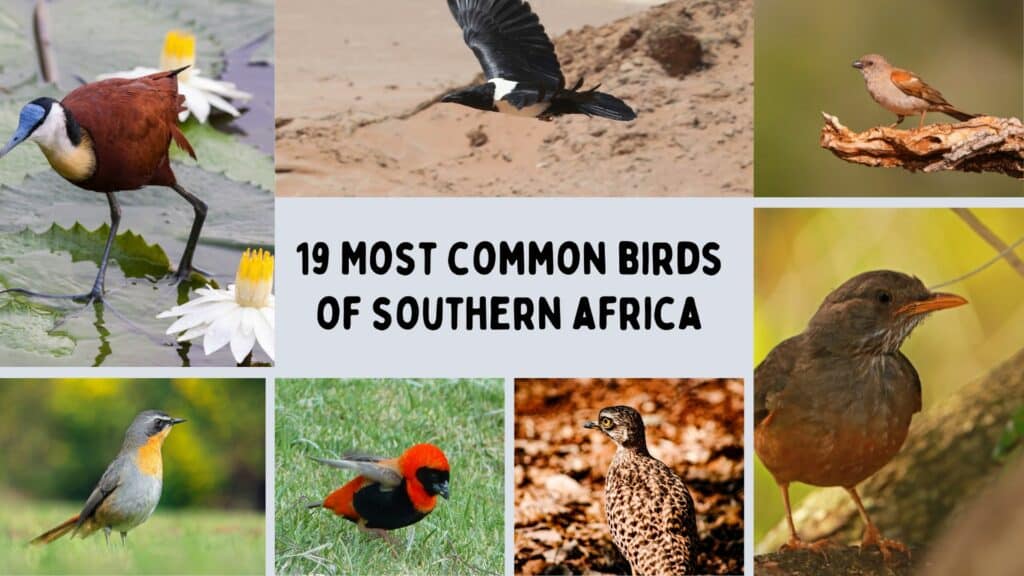

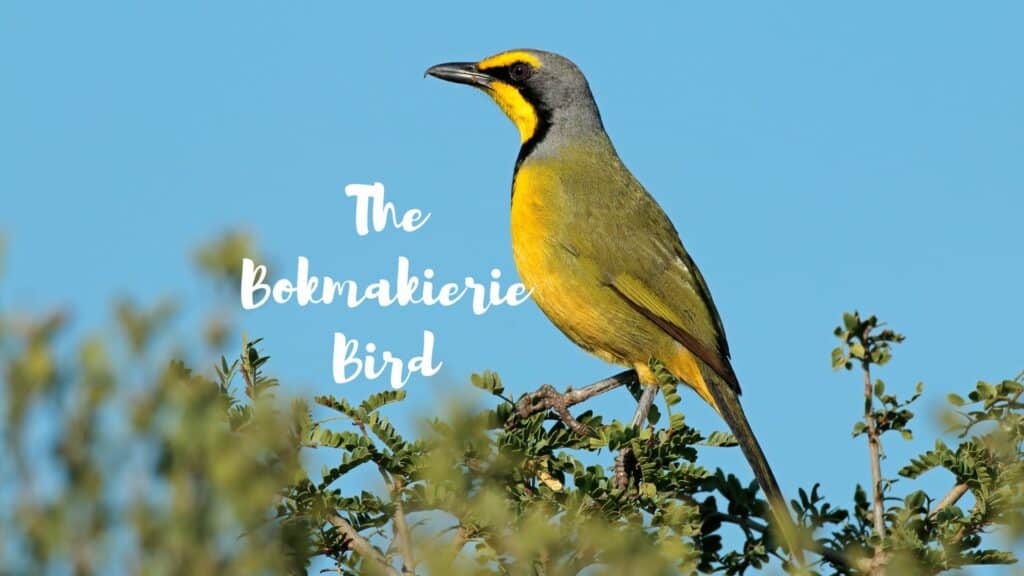
Hi Lizzy, I have learned so much about the heron bird, especially the Goliath Heron in this post. This is the first time I’ve of this unique bird and at 1.5 meters tall, it must be a sight to behold. I live in the South East Asia region and we also have our own many unique types of heron as well such as the Grey Heron, Purple Heron and the Great-billed Heron. Hopefully, in the future, I will have the opportunity to go to Africa and see the Goliath Heron with my own eyes. Thank you for your post, Lizzy.
Hello Dominic!
How nice that you have your own heron in South East Asia and I would love to see them as well one day haha!
Thank you for your comment!
Kind regards,
Lizzy
If you are a bird enthusiast, you may have heard of the Goliath Heron – a magnificent creature that inhabits the wetlands and swamps of sub-Saharan Africa. Did you know that this bird can grow up to 5 feet tall and have a wingspan of over 7 feet? Or that it is a solitary hunter, feeding on fish, frogs and small mammals? These are just a few of the interesting facts about the Goliath Heron that make it such an intriguing species to learn about. Have you ever had the chance to observe one in its natural habitat?
Hi Akumendoh!
Good to know all of this information, thank you!
Oh yes, I have seen a few Goliath heron birds in the wild and they are so large and beautiful, quite amazing!
Thank you for your kind comment
Happy birding!
Lizzy